|
|
|
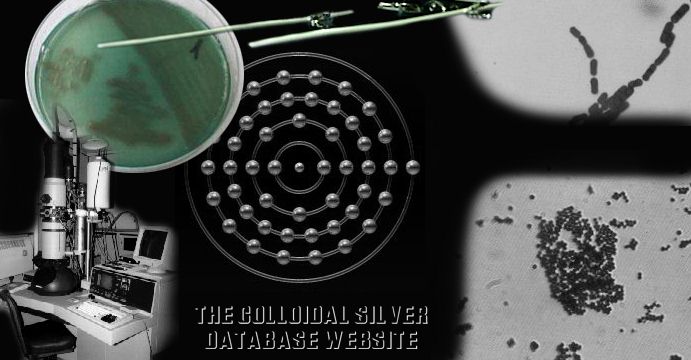
Temporary ( Private ) Page on the Ongoing Big C Treatment
Page Three
12-10-02
[ old image, just after eschar was removed ]
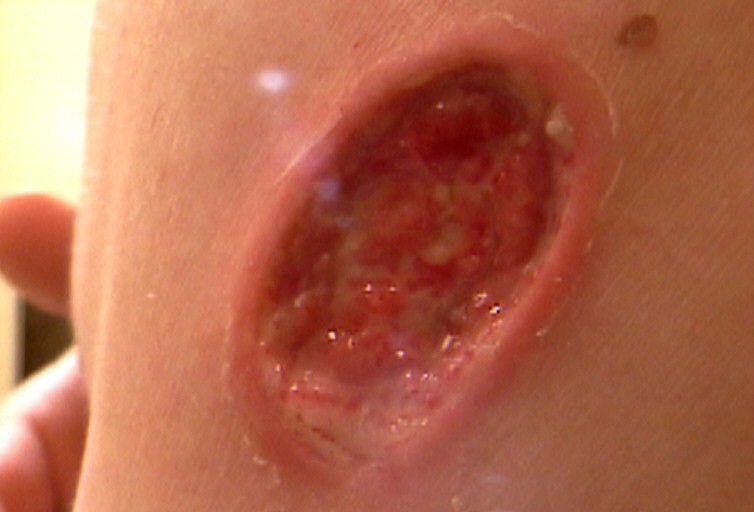
[ 12-10-02 New Cancer Growth ]
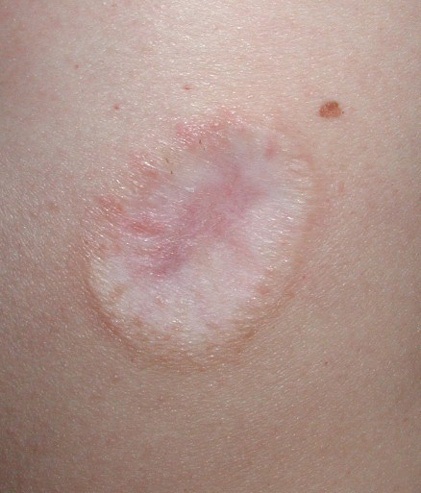
[ New Cancer Growths 200% Magnification ]
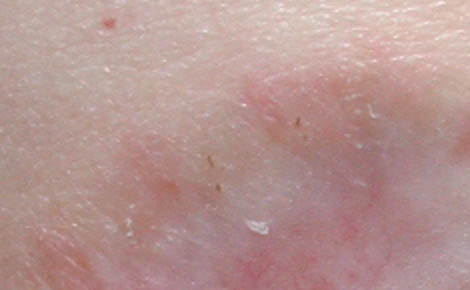
[ Compare the two images below ]
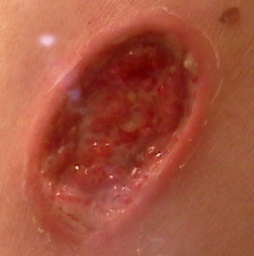 |
 |
A clay poultice was applied to the entire area for one hour. Irritation was completely eliminated during the duration of the treatment. The irritation returned shortly after the poultice was removed ( my apologies for the image brightness below ):
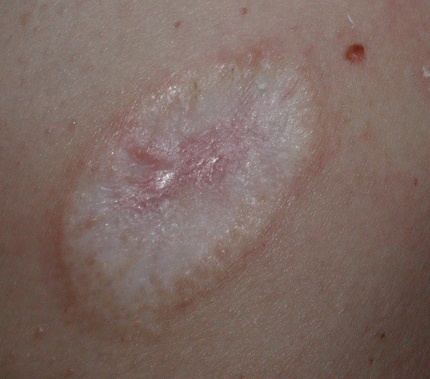
[ Observe the before and after images carefully, as there
is one clear difference in the two ]
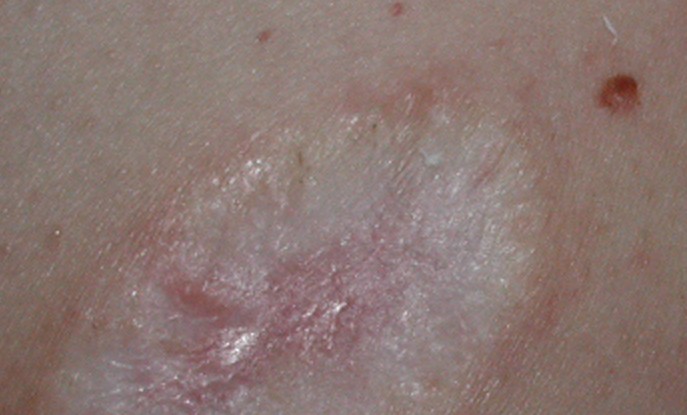
[ 200% Magnification ]
The whole area treated was slightly inflammed, noticeable through swelling that was not pronounced enough to be picked up on camera.
A thin paste was applied and covered, and left on over-night ( in this case, only about 4 hours ). This resulted in the elleviate of the irritation for most of the next day.
Based in part on the research being conducted by the Buruli Busters, and due to some very interesting discussions with Thierry Brunet, I decided to try a different approach with the clay treatments.
First, a clay poultice is applied for one hour. This allows the clay to work on the entire treated area, including deep below the surface of the skin. This can enduce, by methods not scientifically established, a strong immune system and "healing" response.
In this case, as apposed to the previous treatments, my tolerance for the applied clay was increased, and while there is a very noticeable effect to the entire "left side" ( around the kidney area, and just above ), I have experienced no fatigue associated with the clay treatments.
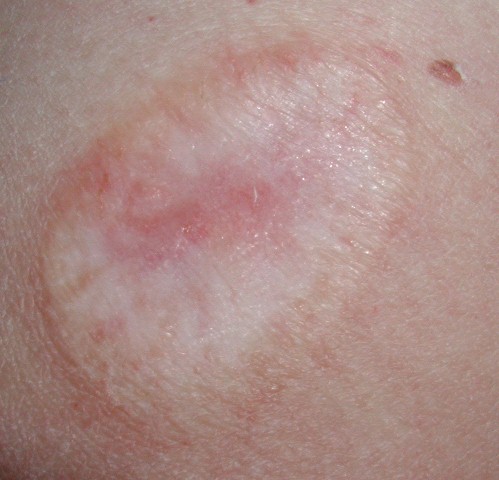
12-11-02, 20 mins. after poultice was removed
Next, an extremely small amount of hydrated clay is massaged INTO the area, as if applying a very small amount of lotion. The clay is allowed to set, thereby increasing the penetration into the skin/tissue. This is repeated until a very small amount of clay covers the area to be treated; the process is almost like applying a very "light" tacking coat and then applying coats of paint to a smooth surface.
Then, a small amount of clay is added to cover the area. The clay should not be compressed or smoothed, but have a "textured" look. The result is a relatively thin strip of clay that just thick enough not to dry quickly, but not thick enough to have the deep penetrating action of the clay.
In all of my previous experience, my healing clay treatments were designed specifically to NOT take advantage of the crystal-forming nature of clay. The clay is applied thick to avoid excess penetration of skin by clay particles. It wasn't a CHEMICAL or CONTACT reaction that I desired; rather, an energetic and catalyst action. In order to achieve this action, the clay must be used thick, maintain its own and whole consistancy through proper hydration, evaporation needs to be minimized, and the effect should be polarized ( clay will naturally act in all directions, including with the surrounding atomosphere ).
With this treatment, it is the exact opposite that I'm attempting to achieve. While clay will not penetrate deeply into healthy skin ( it will just dry the skin out and "clean" it via dehydration if one is not careful ), there is a chance that this is not the case with damaged tissues. The crystals that clays can form can be amazing. Is it possible that the minute particles, if applied properly, could penetrate and have a different action all together? Can extremely minute crystals penetrate and form on the tissue, thereby having a greatly enhanced effect?
Furthermore, is it possible that the clay, hydrated with minute silver particles ( negatively charged clusters of particles ) and silver ions ( positively charged and likely held in suspension on the clays surface ), can act to transport the silver using such a method?
Caution should be used if one is not familiar with working with clays, as it is easy to destroy healing tissue with drying clay. If the clay begins pulling too much due to drying, more hydrated clay can be added in small amounts. If they clay does completely dry for some reason, it should not be removed without rehydrating it while still on the body.
The difference upon application was noticeable. A pronounced stinging resulted until the entire "strip" of clay was completed. The idea is to leave the clay on as long as possible without causing damage from drying ( one would not want to do this on an open wound without a good deal of experience, as the very act of the clay drying can cause damage ).
[ Page 1 ]